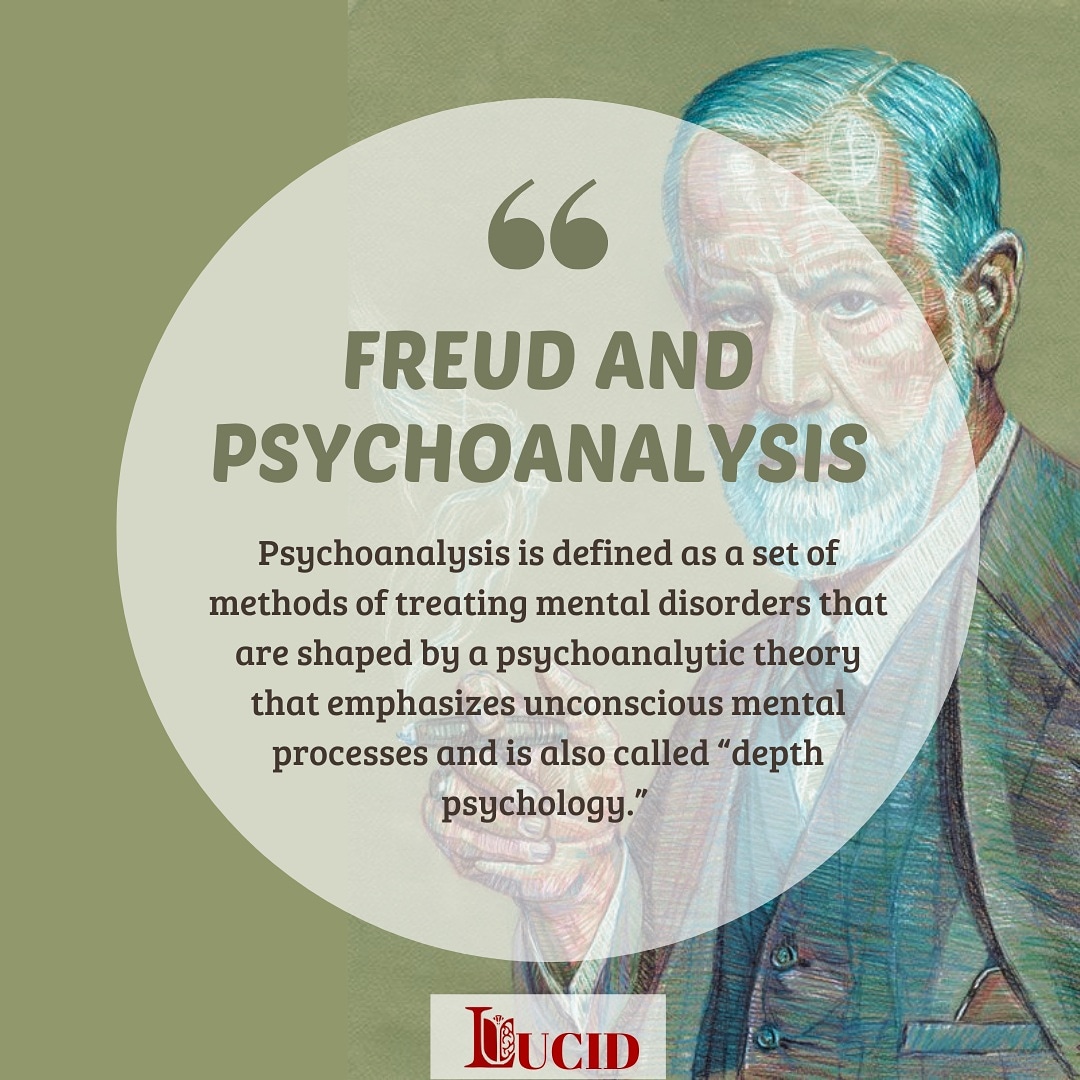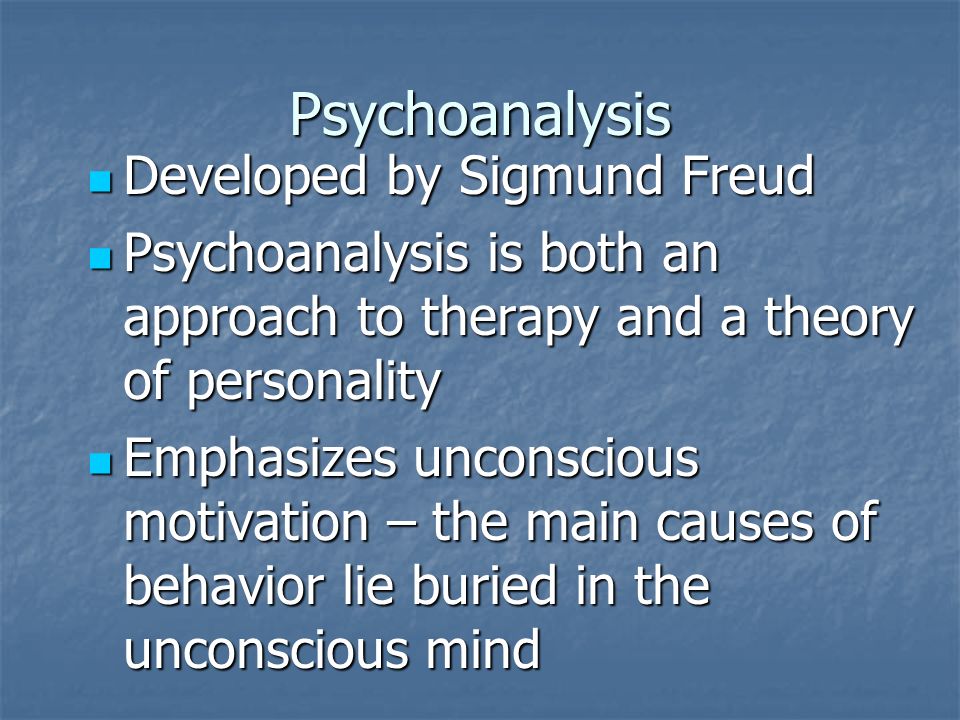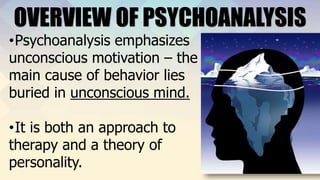Psychoanalysis is a theory of the mind and a method of treatment that was developed by Austrian neurologist Sigmund Freud in the late 19th and early 20th centuries. Psychoanalysis emphasizes the role of unconscious processes in shaping thoughts, feelings, and behaviors, and it seeks to uncover and understand these unconscious processes through techniques such as free association, dream analysis, and transference.
According to psychoanalysis, the human mind is divided into three parts: the conscious mind, the preconscious mind, and the unconscious mind. The conscious mind is the part of the mind that we are aware of and that we can easily access. It includes our thoughts, feelings, and perceptions that we are currently aware of. The preconscious mind is a part of the mind that we are not currently aware of, but that we can easily access if we choose to. It includes thoughts, feelings, and memories that are not currently in our conscious awareness, but that we can easily bring to mind if we need to.
The unconscious mind, on the other hand, is a part of the mind that we are not aware of and that we cannot easily access. It includes thoughts, feelings, and memories that are not in our conscious awareness and that we cannot easily bring to mind. According to Freud, the unconscious mind is the source of many of our thoughts, feelings, and behaviors, and it is the key to understanding our psychological problems and conflicts.
Psychoanalysis seeks to uncover and understand the unconscious processes that shape our thoughts, feelings, and behaviors. This is done through techniques such as free association, in which the patient is asked to say whatever comes to mind without censoring or controlling their thoughts. This allows the unconscious mind to express itself and helps the analyst to understand the patient's unconscious thoughts and feelings.
Dream analysis is another important technique in psychoanalysis. According to Freud, dreams are the "royal road to the unconscious," and they can reveal important insights into a person's unconscious thoughts and feelings. By analyzing the content and symbols of a person's dreams, the analyst can gain insight into the patient's unconscious mind.
Transference is another important concept in psychoanalysis. It refers to the process by which a person's feelings and attitudes towards one person are transferred onto another person, often the analyst. For example, a patient may unconsciously transfer feelings of love or anger towards a parent onto the analyst. By recognizing and working through these transference feelings, the analyst can help the patient to understand and resolve unconscious conflicts and issues.
In conclusion, psychoanalysis emphasizes the role of unconscious processes in shaping our thoughts, feelings, and behaviors. It seeks to uncover and understand these unconscious processes through techniques such as free association, dream analysis, and transference, in order to help individuals better understand and resolve their psychological problems and conflicts.








